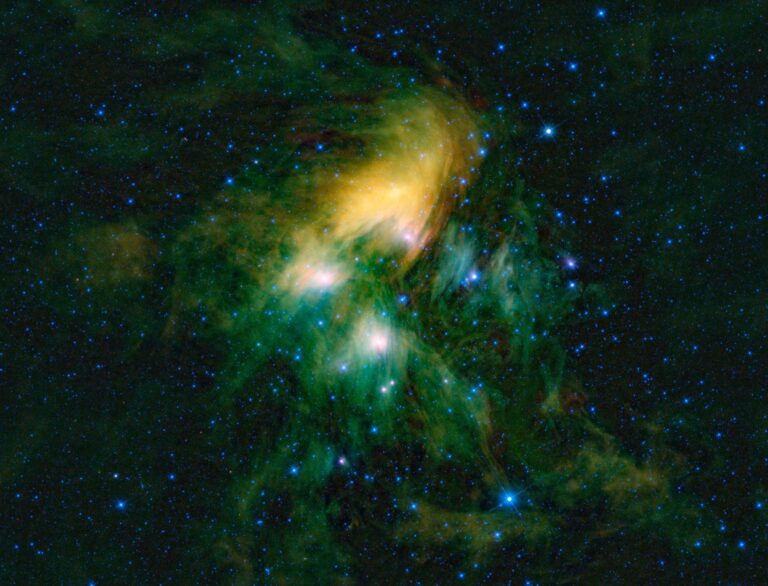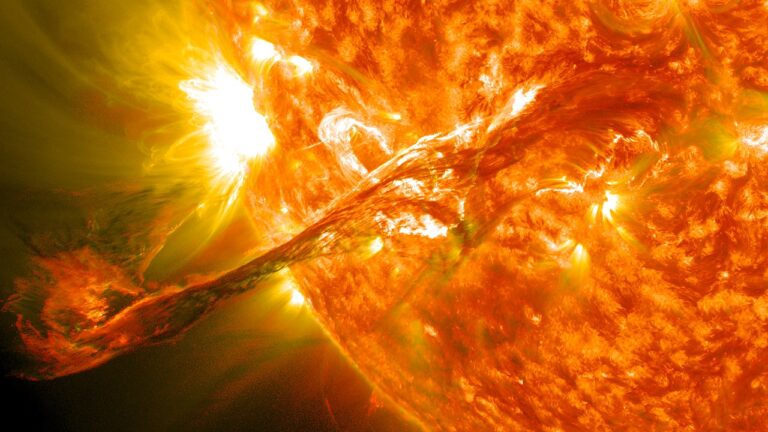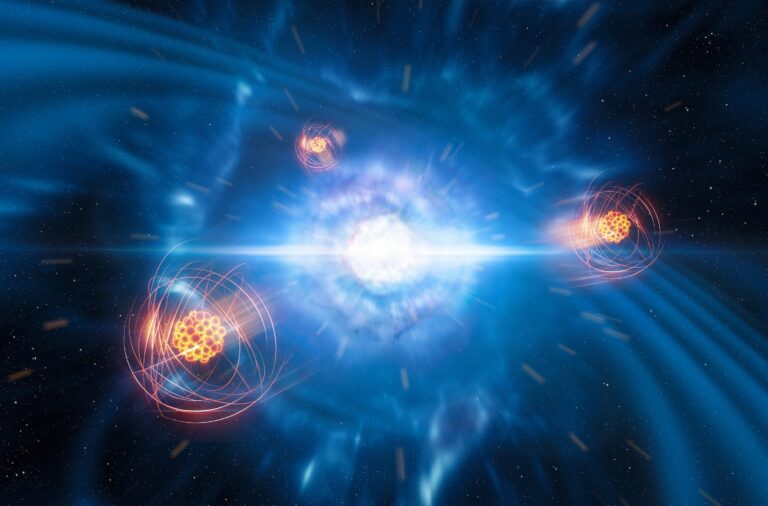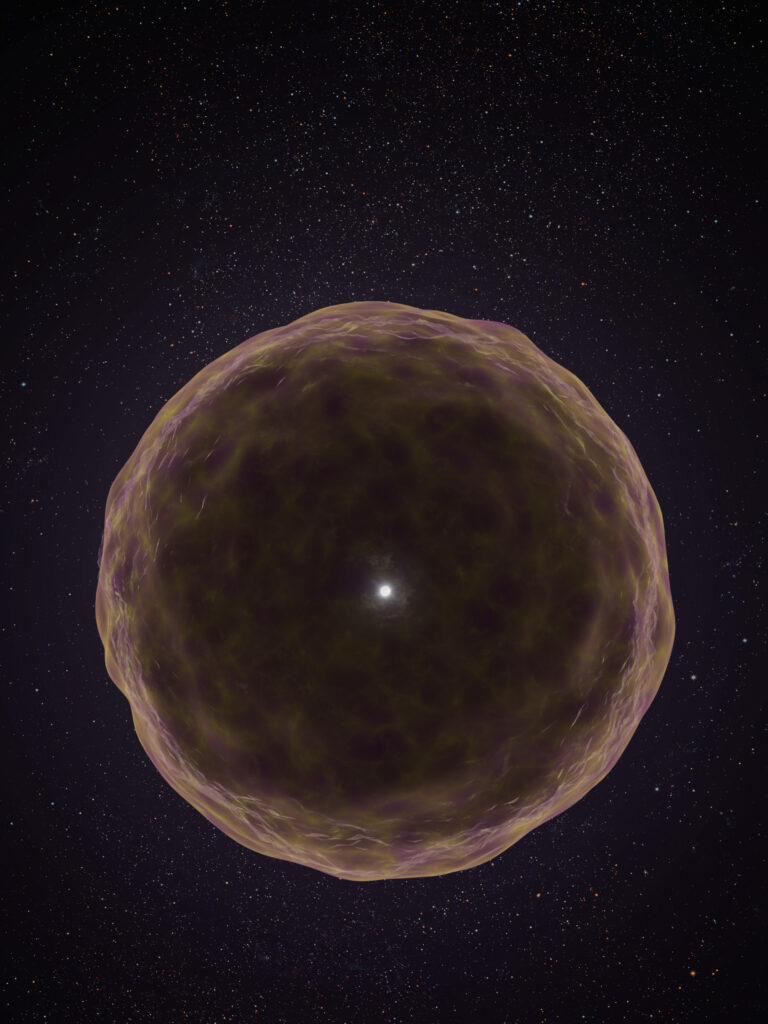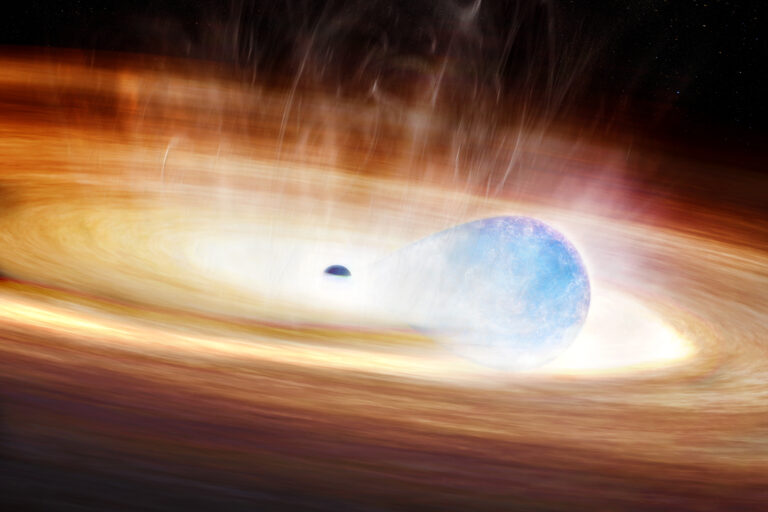Key Takeaways:
- The physical size of a star is governed by the hydrostatic equilibrium between its inward gravitational pull and outward radiation pressure, both primarily determined by the star's mass.
- Stars undergo significant expansion into red giant or red supergiant phases during their later lifetimes when energy generation shifts from the core to a surrounding shell.
- The largest observed red supergiants reach radii up to approximately 1,800 times that of the Sun, with their outer boundary commonly defined as the photosphere, though the underlying cause for this maximum size is not well understood.
- Stars exceeding approximately 200 to 300 solar masses do not evolve through a red supergiant phase and consequently do not attain the immense sizes observed in the largest red supergiants.
Although stars do not have surfaces, the most common definition for the outer boundary of a star is the photosphere, or the location where light leaves the star. The biggest stars are red supergiants, and the biggest has a radius that is approximately 1,800 times the radius of the Sun (432,300 miles [695,700 km]). The reason for this maximum observed size not well understood.
One might guess that a more massive star would grow to be bigger in its red supergiant phase, but more massive stars do not evolve through a red supergiant phase, and they consequently do not grow as large. Perhaps one could imagine a star with arbitrarily large mass and thus arbitrarily large size, but no stars have been found with masses beyond approximately 200 to 300 solar masses — even at that mass, they are smaller than the biggest red supergiants. One of the largest known stars is the red supergiant VY Canis Majoris, which would envelop Jupiter if it were placed at the Sun’s location.
Director of Center for Detectors and Professor of Imaging Science,
Rochester Institute of Technology,
Rochester, New York


